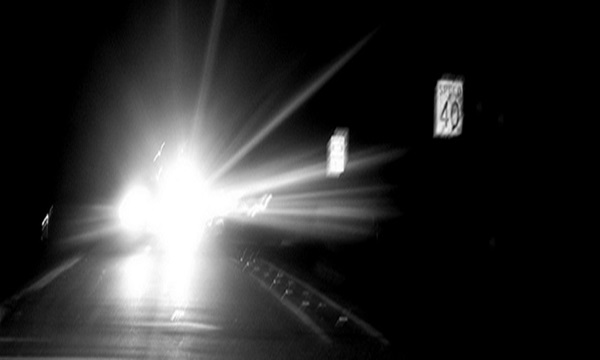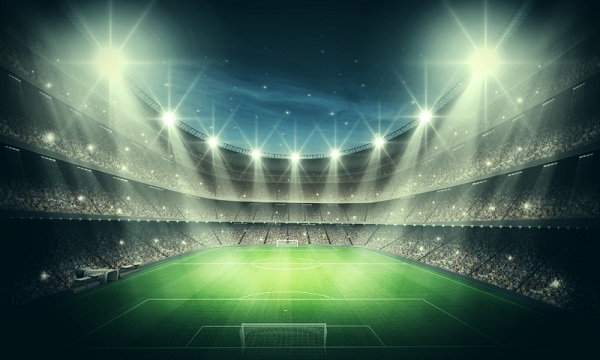Main Applications of Solar Street Lights
There is an increasing demand for Solar Street lights these days and for obvious reasons. One important reason is overall cost savings in the long run, and the other is efficient lighting. The solar LED light system as the name suggests converts energy from the sun into electricity and is easy to install and gives high intensity LED output. It is not necessary to switch on or switch off the solar LED’s light manually.… Read More










